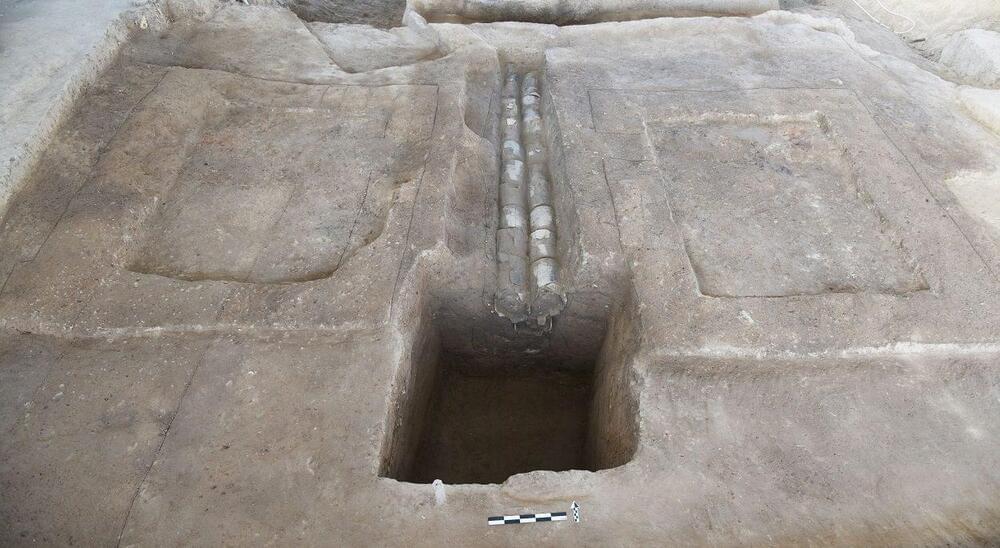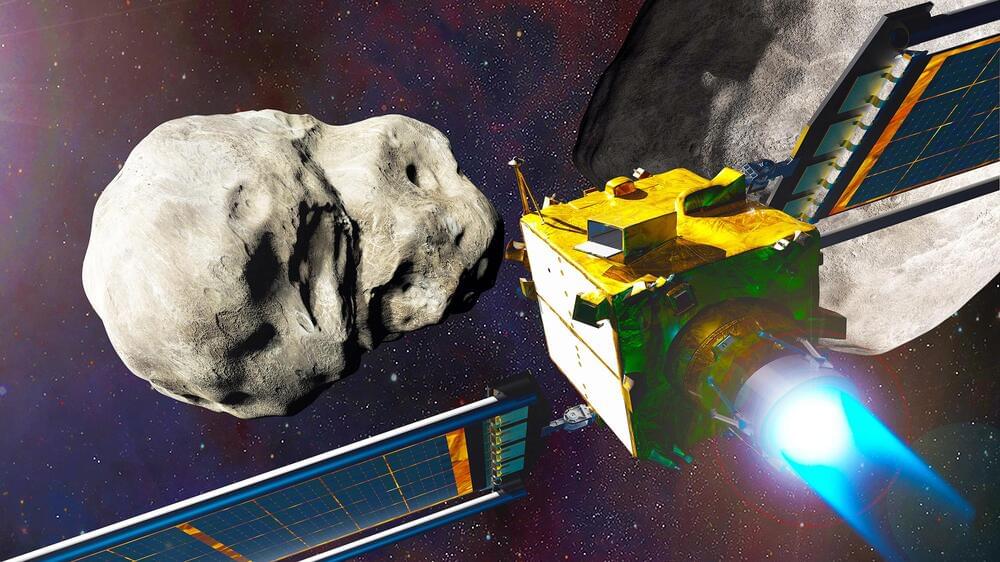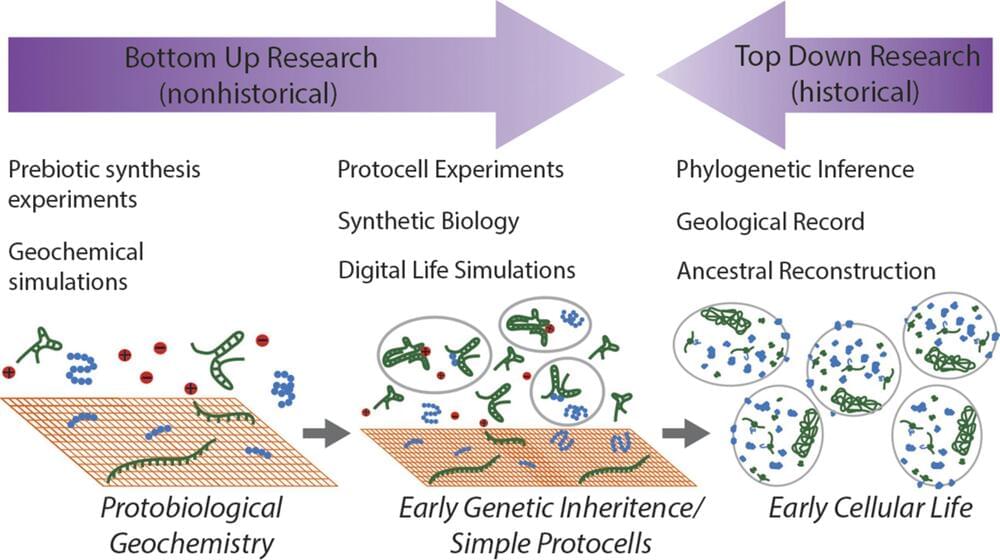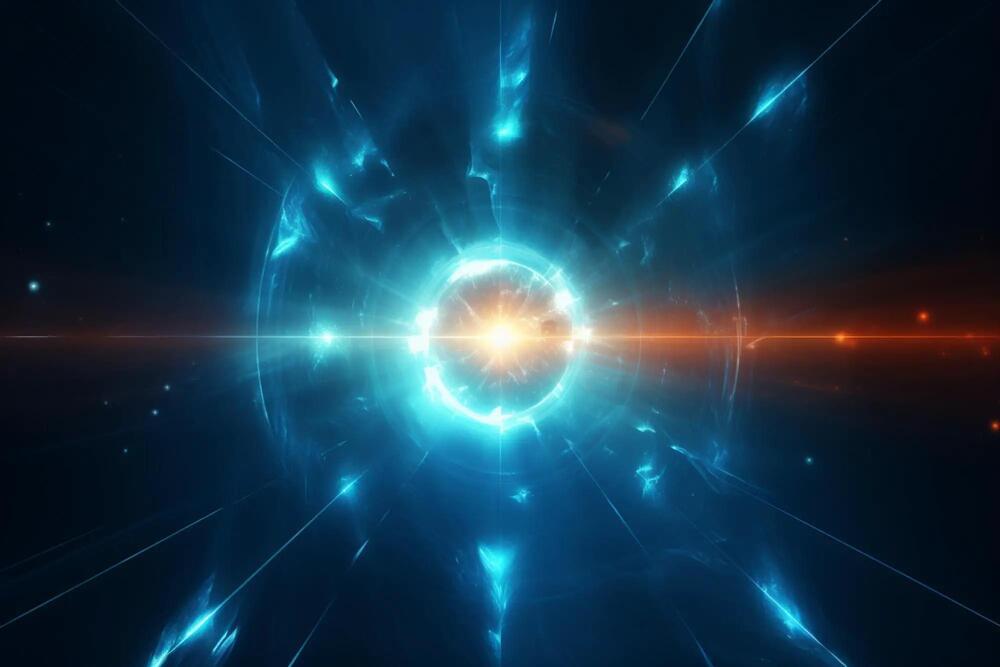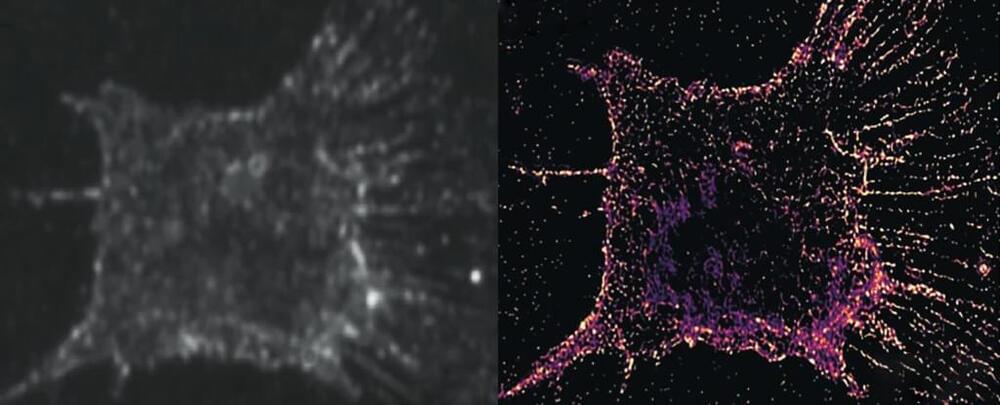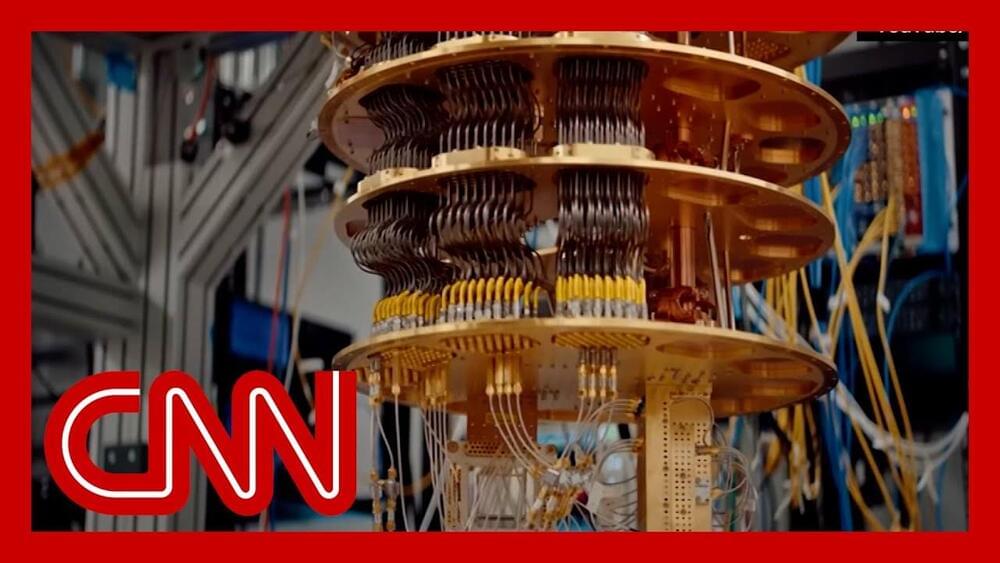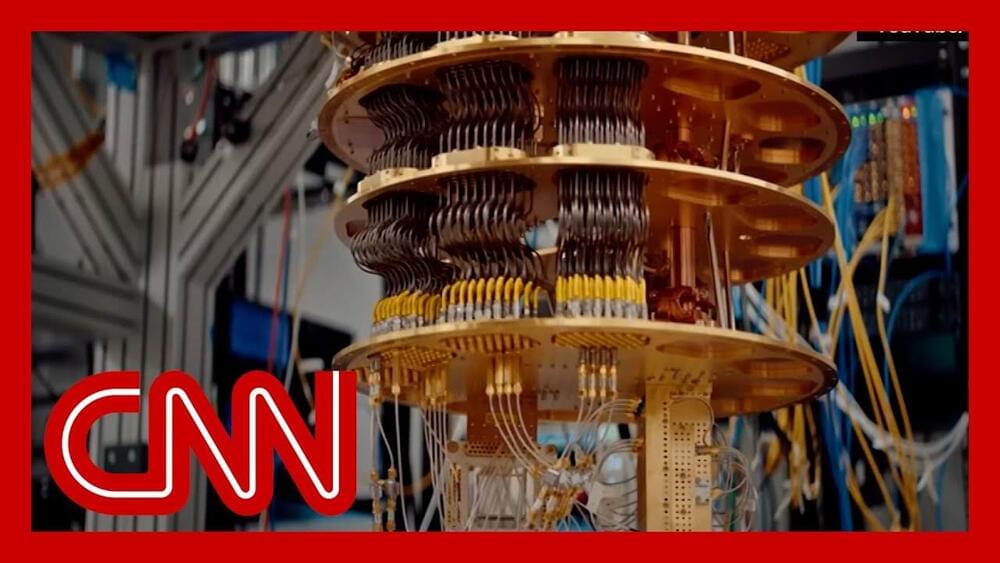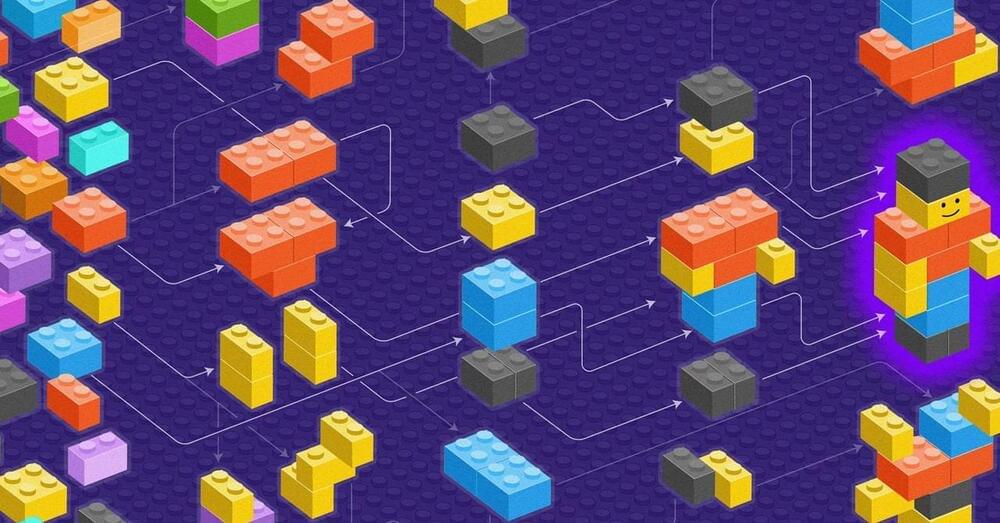
These and other missions on the horizon will face the same obstacle that has plagued scientists since they first attempted to search for signs of Martian biology with the Viking landers in the 1970s: There is no definitive signature of life.
That might be about to change. In 2021, a team led by Lee Cronin of the University of Glasgow in Scotland and Sara Walker of Arizona State University proposed a very general way to identify molecules made by living systems—even those using unfamiliar chemistries. Their method, they said, simply assumes that alien life forms will produce molecules with a chemical complexity similar to that of life on Earth.
Called assembly theory, the idea underpinning the pair’s strategy has even grander aims. As laid out in a recent series of publications, it attempts to explain why apparently unlikely things, such as you and me, even exist at all. And it seeks that explanation not, in the usual manner of physics, in timeless physical laws, but in a process that imbues objects with histories and memories of what came before them. It even seeks to answer a question that has perplexed scientists and philosophers for millennia: What is life, anyway?
